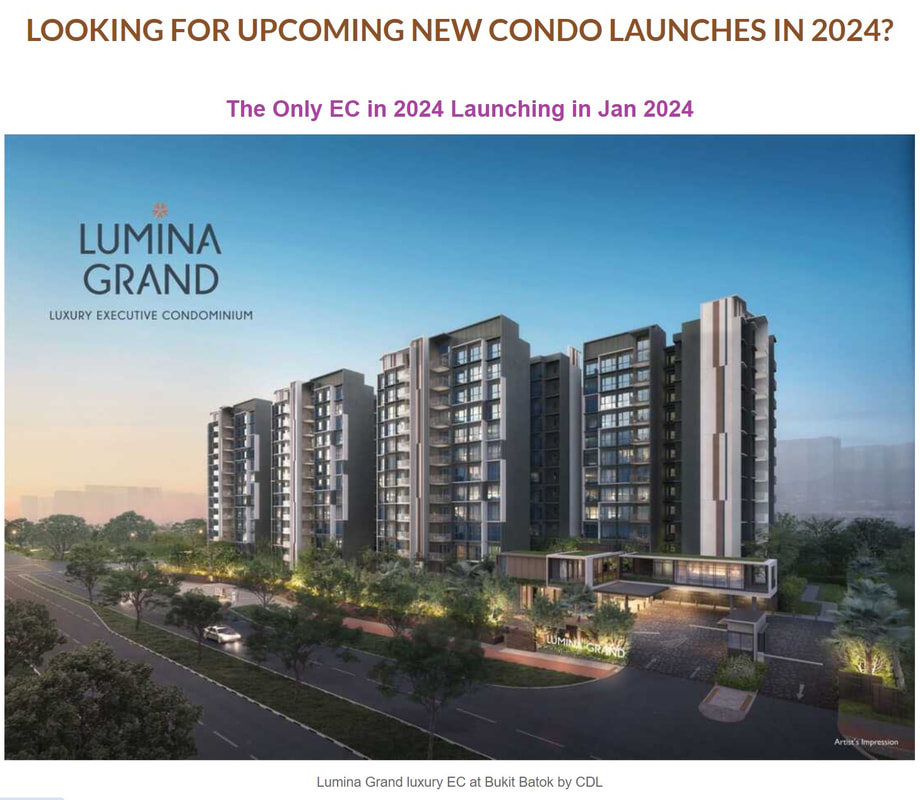Non-mature estates have become more built-up, with better amenities and transport infrastructure and they are often comparable to matured estates in Singapore. HDB will increasingly build more projects within or near existing estates and more central areas due to fewer large tracts of undeveloped land available for future public housing. These are considered choice sites, which tend to be more popular among homebuyers due to their central locations, better connectivity and closer proximity to amenities.
Taking into careful consideration these ideas and perspectives, MND and HDB will introduce new measures to address the changing housing landscape and evolving aspirations of Singaporeans.
To ensure public housing remains inclusive to all Singaporeans, The Housing & Development Board (HDB) will gradually provide more housing grants, especially those that are means-tested, so that lower- and middle-income households get the most support. Prime Minister (PM) Lee Hsien Loong also announced a new classification system from the 2nd half of 2024 to differentiate our BTO projects by their locational attributes:
Standard flats will come with the standard subsidies and standard restrictions that are applied to all BTO flats. They will continue to form the bulk of the housing supply.
Plus flats, a new category of flats, will be in choicer locations within each region across Singapore (e.g. near MRT station, town centre). For example, Plus flats could be offered in the upcoming housing precinct in Bayshore, which is close to amenities such as MRT stations, a community club and East Coast Park. These flats will come with more subsidies and tighter restrictions, compared to the Standard BTO flats.
Prime flats (currently offered under the PLH model) are in the choicest locations within Singapore, usually closer to the city centre. They will come with the most subsidies across the three categories, and will have the tightest conditions imposed by The Housing & Development Board (HDB).
As the new Plus flats would naturally command higher market values given their attractive locations, they will be priced with more subsidies, on top of the subsidies already provided for Standard flats today. This will keep these flats affordable and enable a wider range of Singaporeans to purchase them.
Subsidy recovery upon resale of flat - for fairness across all homebuyers, Plus flat owners will have to pay a proportion of the resale price, reflective of the extra subsidies, if they choose to sell their flats later on. This will help mitigate excessive windfall gains and ensure equity with other flat owners who do not enjoy these additional subsidies. As the extent of additional subsidies for Plus flats are typically lower as compared to Prime flats, the subsidy recovery rate imposed by The Housing & Development Board (HDB) on Plus flat buyers will be lower than the recovery rate for Prime flats.
Tighter sale conditions - to strengthen the owner-occupation intent for Plus flats, Plus flat owners will need to occupy their flats for at least 10 years (i.e. the Minimum Occupation Period or MOP) before they can sell their flats in the open market or invest in a private residential property. The Housing & Development Board (HDB) will also impose tighter resale conditions for Plus flats to moderate demand and prices of these flats so as to keep them affordable for future resale buyers and maintain a better social mix in the long term.
The first Plus flats, to be launched in the second half of next year, will take at least 15 years to hit the resale market — with five to six years to build the flats and another 10 years to hit the minimum occupation period before owners can resell.
It is important to note that the new classification and Plus model will not be retroactively applied to existing flat owners and the current resale market. The Housing & Development Board (HDB) will continue to monitor the impact of these measures in the broader resale market and review them, if necessary and more details will be shared soon.
Real estate professional Kiwi Lim feel that those HDB flats like The Pinnacle @ Duxton or Skyville, SkyTerrace and SkyParc @ Dawson as well as the recently launched BTO flats that would have been classified as Plus flats but were launched before the new system takes effect could sell for even higher resale prices in future because they are free from tighter restrictions such as an income-ceiling for buyers and lesser buyer restrictions.
The Government has been progressively enhancing public housing access for singles. Currently, first timer singles aged 35 and above are allowed to apply for new 2-room Flexi flats in only non-mature estates or buy resale flats in any estate. However changing lifestyle and social aspirations have resulted in a growing number of singles who prefer to buy and live in their own flats instead of with their families. More and more singles have reflected to the government about their preference for flats in mature estates in order for them to stay nearer to their elderly parents for mutual care and support.
With the new classification announced by Prime Minister (PM) Lee Hsien Loong, eligible first-timer singles can now apply for 2-room Flexi BTO flats in all locations across Standard, Plus and Prime housing projects. Singles will also be able to buy a Standard or Plus flat of any size in the resale market; or buy a 2-room Prime flat in the resale market.
With these measures, there will be a good mix of projects within and across regions to cater to the different budgets and needs of Singaporeans.
Upgrading existing HDB homes and precincts for seniors
Prime Minister (PM) Lee Hsien Loong also announced plans to enhance HDB homes and precincts to make them more liveable and senior-friendly by expanding the suite of senior-friendly fittings under the Enhancement for Active Seniors (EASE) 2.0 programme to further enhance mobility and comfort for senior residents within their homes. The government will also upgrade precincts to include more senior-friendly features to promote fitness and active ageing, as well as allow seniors to commute more safely and comfortably. More Community Care Apartments will also be launched to integrate senior friendly housing with customisable care services, to enable seniors to age in place.
a) Home ownership. Singaporeans firmly supported home ownership as a key tenet of our public housing system. They want public housing to remain affordable and accessible, so as to enable them to buy their first home. Many preferred HDB flats that are well-connected and near amenities.
b) Inclusivity. Singaporeans emphasised the importance of maintaining inclusivity in our public housing estates so that they continue to reflect the diversity of our society. While they acknowledged that attractive BTO flats would come at a higher price point to reflect their choicer locations and higher demand, they hoped that these flats will continue to remain affordable for Singaporeans across different income groups, with greater support for the lower-income households.
c) Fairness. Singaporeans agreed that public housing should be primarily for owner occupation, rather than investment. While the increased supply of BTO flats in attractive locations will meet the aspirations of many young homebuyers, Singaporeans agreed on the need to discourage excessive windfall gains from the sale of these flats to ensure equity across all homebuyers. Some suggested imposing tighter conditions for the purchase of flats in more popular or expensive BTO projects, similar to what we already do for Prime Location Public Housing (PLH) flats.
d) Sustainability. Beyond meeting the needs of current homebuyers, they hoped that HDB flats will remain affordable and accessible for future generations of Singaporeans and that our system remains sustainable.
Source: MND & HDB



















 RSS Feed
RSS Feed
